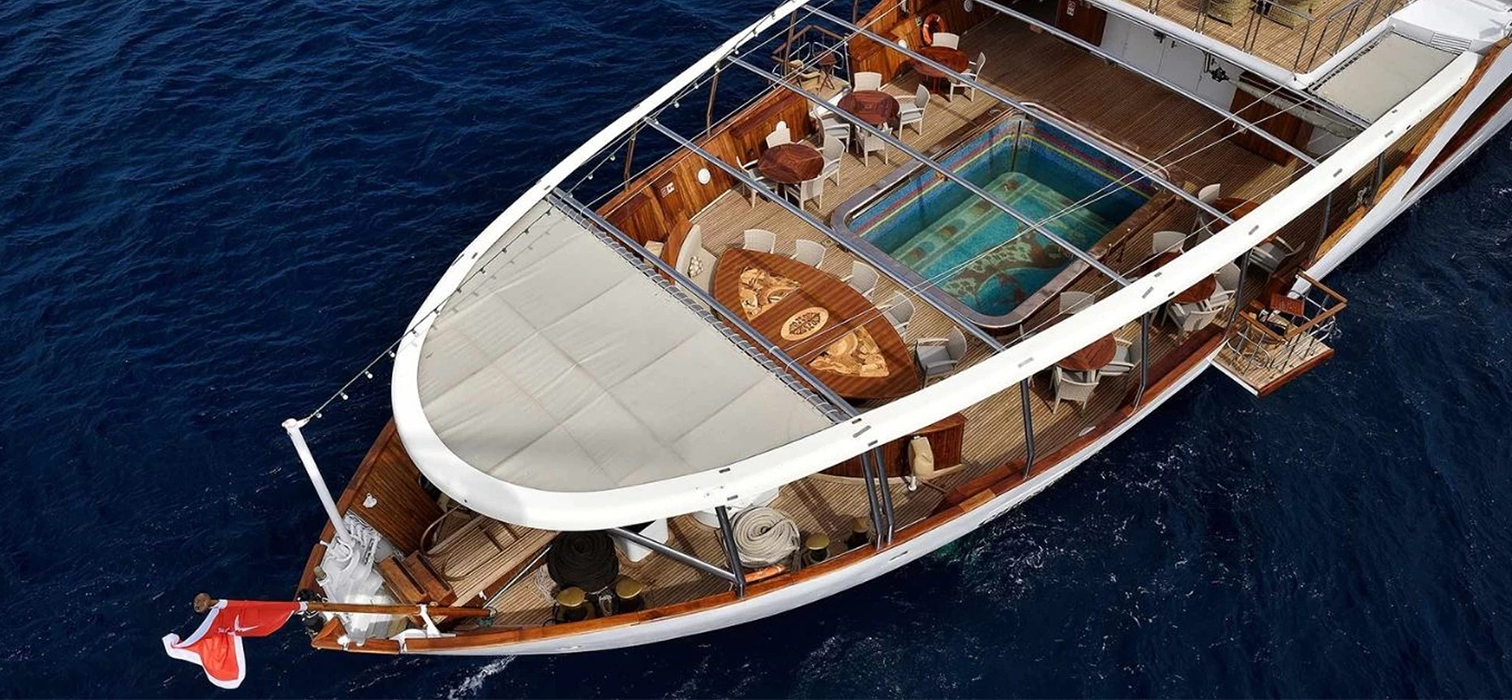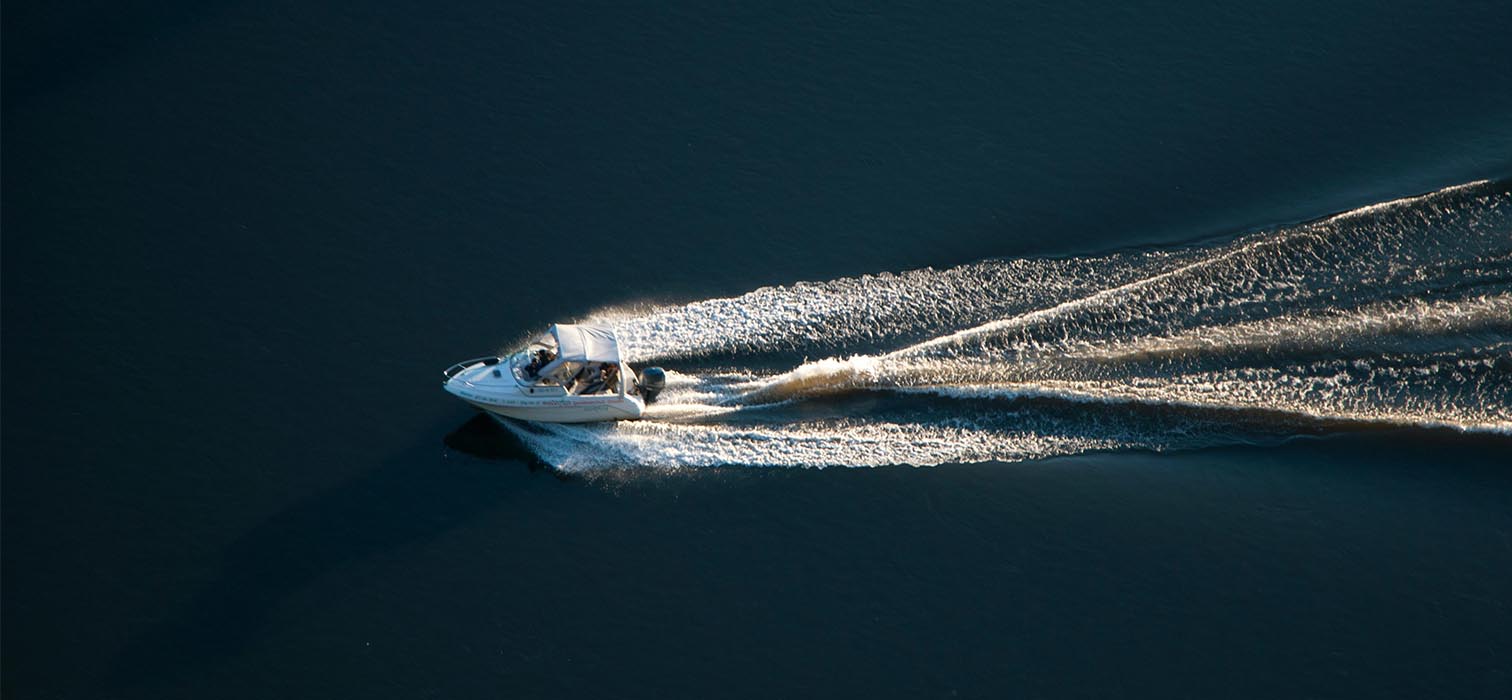
In the thrilling Vendée Globe, a race where only the boldest of sailors dare to compete, every participant must push the limits of both skill and mental resilience. This isn’t just a sailing race; it’s a solo, non-stop, round-the-world voyage with no external support—an endurance test against some of the most extreme ocean conditions on Earth.
Known as the “Everest of the Seas,” the Vendée Globe is the ultimate challenge for solo sailors. It’s the dream race for seasoned offshore sailors and a spectacle that attracts passionate followers eager to witness the awe-inspiring start firsthand. This year, celebrating its 35th anniversary, the legendary event begins on November 10, with 40 intrepid sailors setting off from the Atlantic coast. As crowds of spectators cheer from the shore, these sailors embark on an extraordinary journey, often battling nerve-wracking conditions and unpredictable seas.
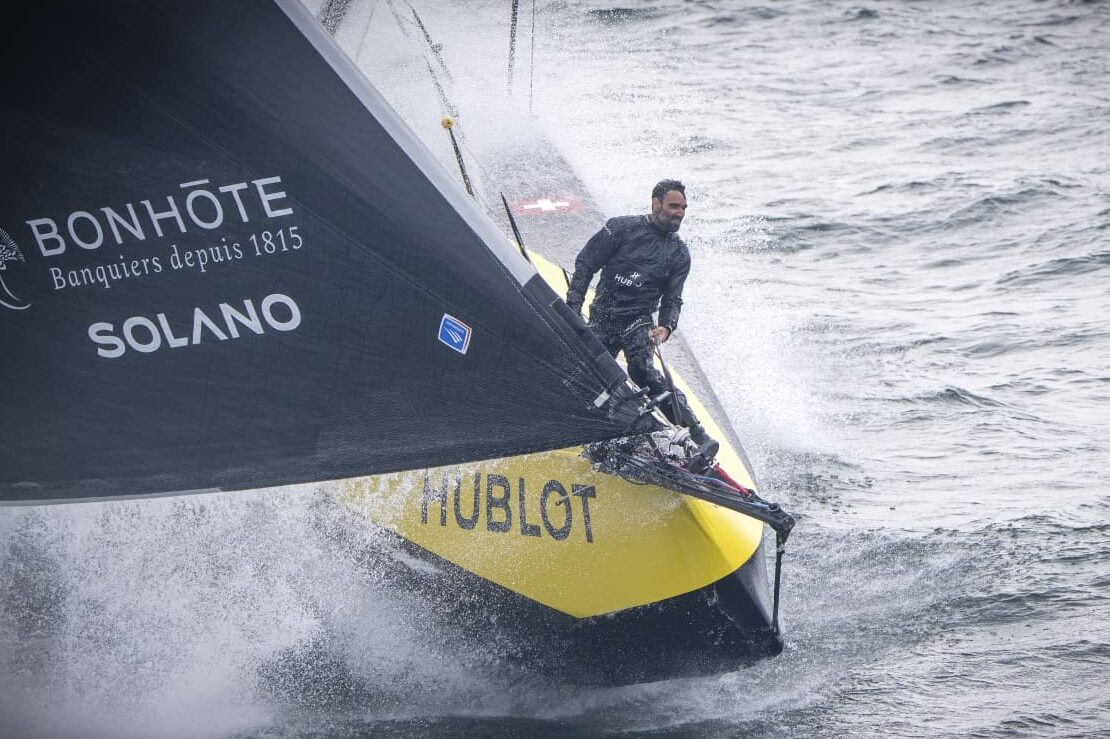
The premise of the Vendée Globe may sound simple: circumnavigate the globe as fast as possible, alone, and unassisted. But this seemingly straightforward goal requires unparalleled endurance, skill, and sheer grit. First to the finish line claims victory, yet every sailor who completes this race achieves something monumental. Let’s dive into what makes this legendary race one of the most compelling challenges in the sailing world.
TOUGH ROUTE
The Vendée Globe’s perilous course begins and ends in Les Sables-d’Olonne on France’s Atlantic coast, covering roughly 24,000 nautical miles (44,400 kilometers) around the globe. Along the way, sailors navigate treacherous waters, first heading south through the Atlantic to reach the Cape of Good Hope in South Africa. From there, they journey eastward, braving the Indian and Pacific Oceans. Upon reaching Cape Horn—the perilous southern tip of South America—they head north, returning to the Atlantic and ultimately back to Les Sables-d’Olonne. Though officially 24,000 nautical miles, the route often stretches to 28,000 (52,000 kilometers) due to weather shifts, with most competitors spending over 100 days at sea.
THE WORLD’S MOST POWERFUL MONOHULL
In the Vendée Globe, sailors rely on the robust and ultra-fast IMOCA 60 monohull, a vessel designed exclusively for extreme endurance. Measuring 18.2 meters, this boat combines cutting-edge speed with resilience, maintaining its core features since the race’s inception yet continually upgraded with advanced technologies. Built to withstand powerful ocean forces, the IMOCA 60 in skilled hands transforms into a remarkable machine, pushing the boundaries of single-handed sailing performance.
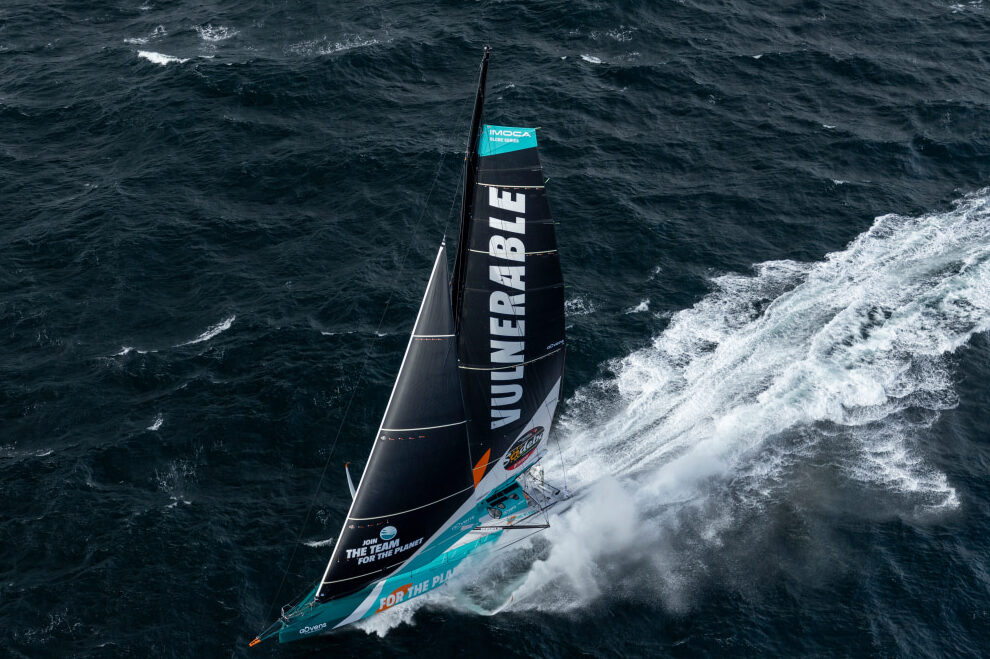
EVERY PASSIONATE SAILOR’S DREAM
For the French, sailing is more than just a sport—it’s a deep-rooted tradition, especially cherished by those living along the Atlantic coast. This enduring passion for offshore racing inspired the Vendée Globe, which began 35 years ago as the vision of French sailor Philippe Jeantot. He dreamed of a race that would push both sailors and the sea to their absolute limits. With the backing of like-minded sailors, the first Vendée Globe launched in 1989 with 13 participants, and Titouan Lamazou’s historic victory in 109 days marked a milestone in both sailing prowess and yacht technology. This race quickly became legendary, capturing the spirit and admiration of French sailors and fans alike.
THE ENDLESS DANGERS OF THE OPEN SEA
The Vendée Globe is not just the world’s most demanding sailing race—it’s a true test of survival. Solo sailors endure months of isolation, battling relentless storms, frigid waters, and waves that can soar to 15 meters, with winds reaching 50 knots (90 km/h). The dangers are relentless; as competitors venture close to the South Pole in pursuit of the fastest route, they encounter drifting icebergs and unpredictable conditions that could easily lead to disaster. The Southern Ocean poses an added peril, where the smallest mistake could mean a fatal collision with a glacier. Containers and other debris floating in the oceans add yet another layer of risk, making the Vendée Globe a breathtaking race against both time and the raw power of nature.
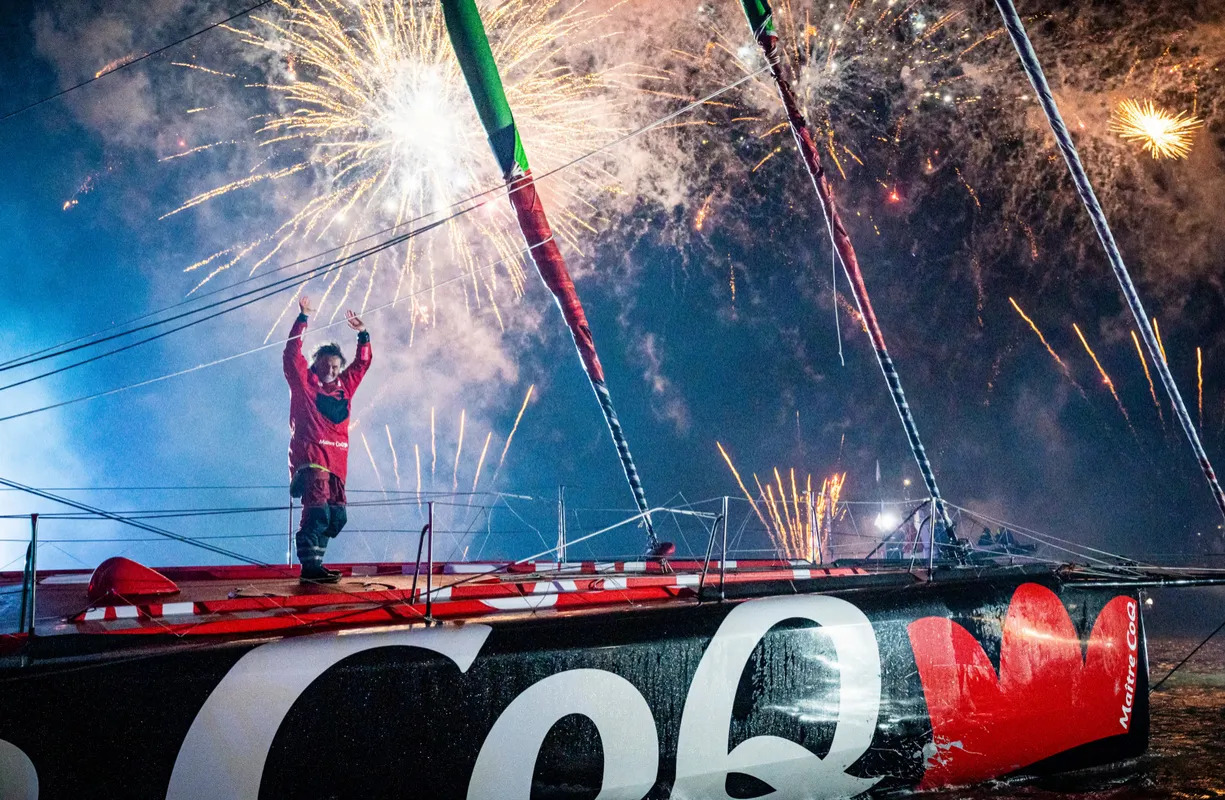
Vendee Globe’a katılan yelkenciler bir anlamda ölümü de göze alarak yola çıkıyorlar. Her ne kadar teknoloji gelişmiş, insanoğlu her yere hızlıca ulaşabiliyor olsa da okyanusun ortasında fırtınada yapayalnız mücadele eden yelkencilerin bu mücadeleyi sağsalim tamamlayacağının bir garantisi yok. Nitekim yarış süresince yelkenciler yaralanabiliyor. Bir doktora ulaşması mümkün olmayan yelkenciler, zaman zaman kendi tedavilerini bir doktor gibi kendileri gerçekleştiriyor. Bunun için Vendee Globe’dan önce çok sıkı bir medikal eğitimden geçiyor.
A CHALLENGE FEW CAN FINISH
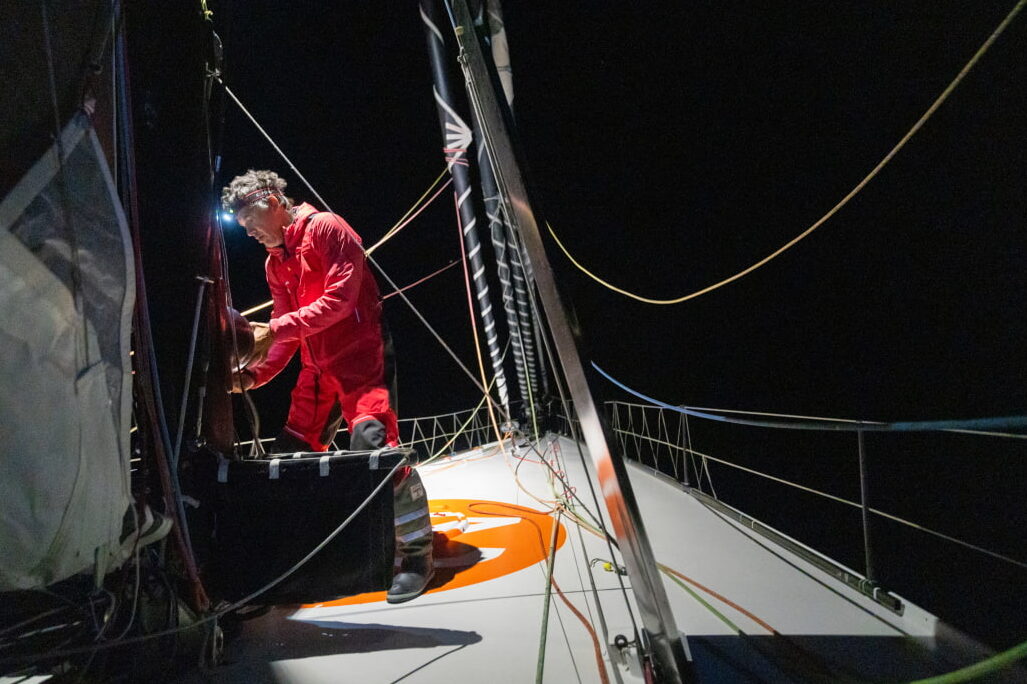
Beyond the physical demands, the Vendée Globe is an intense mental challenge. Months spent alone at sea, with little sleep and no contact with land, can lead to hallucinations and mental strain. Accidents are frequent—boats sink, or sailors may be forced to abandon the race due to severe damage. While advanced satellite tracking and rescue methods monitor racers, it’s often fellow competitors who come to the aid of those in distress, halting their own progress to save lives. Reaching the finish line itself is an extraordinary achievement, even without winning.

To qualify for such a formidable race, sailors must undergo years of preparation, building both physical and mental resilience. Each entrant must complete a quota of solo open-sea races, gaining vital experience in the challenges of oceanic isolation.
RACE HIGHLIGHTS
For some sailors, the Vendée Globe is more than just a race—it’s a lifelong obsession. These experienced sailors have returned time and again, with the dream of winning this ultimate solo challenge. Among the race’s icons is Michel Desjoyeaux, a legendary French sailor known as “The Professor” for his extensive offshore experience. Now 59, Desjoyeaux has competed in the Vendée Globe three times, securing two victories, making him the only sailor to win this grueling race twice. His second triumph came after 84 intense days alone at sea. Another remarkable racer is Armel Le Cléac’h, who set the Vendée Globe record for the fastest time, reaching the finish in the 2016-17 race in an astounding 74 days, 3 hours, and 35 minutes.
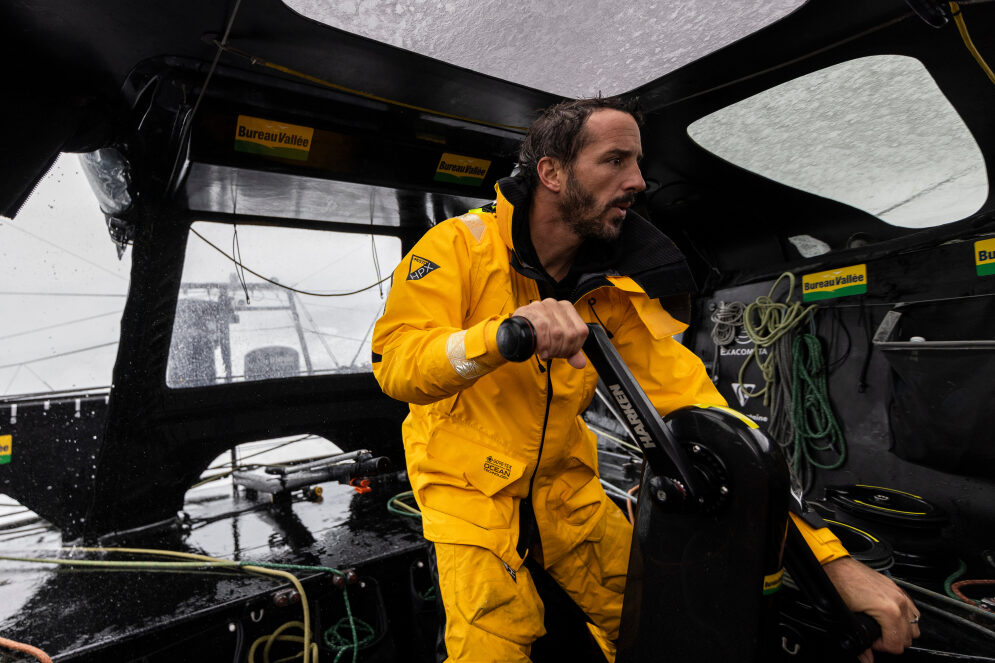
BRAVE WOMEN OF THE VENDÉE GLOBE
Although the Vendée Globe has historically been male-dominated, fearless women sailors have increasingly joined the ranks, beginning with the third edition in 1996-97. Catherine Chabaud and Isabelle Autissier, two pioneering French sailors, were the first women to compete in the race. Chabaud, who would later become a journalist and politician, finished the race after an astonishing 140 days, making her the first woman to complete the Vendée Globe. Autissier, however, faced a harrowing ordeal when her keel was damaged in the treacherous Southern Ocean. Italian competitor Giovanni Soldini heroically diverted his course to rescue her, earning both sailors a place in Vendée Globe history.
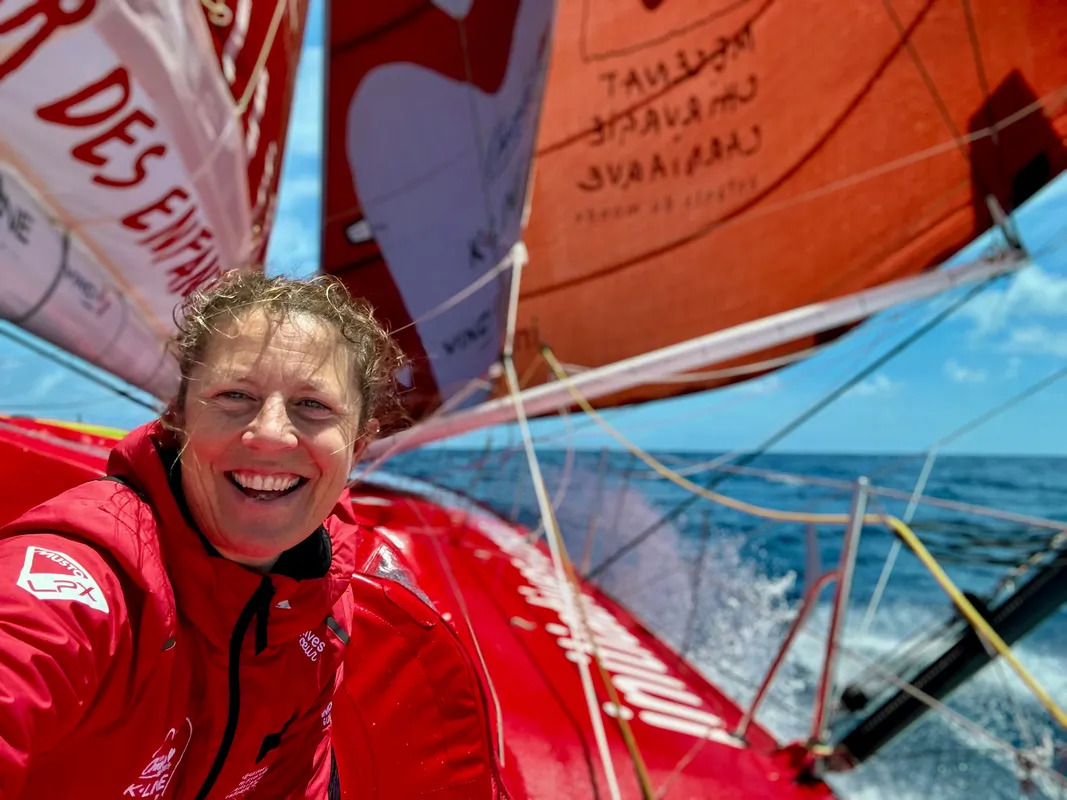
British sailor Ellen MacArthur made waves in the 2000-2001 Vendée Globe, finishing second at just 24 years old and earning multiple records. She became the youngest, first female, and only female sailor to place second in the race. Fellow Brit Sam Davies has become the most celebrated female sailor in Vendée Globe history, competing three times and achieving a remarkable fourth-place finish in the 2008-2009 edition. French competitor Clarisse Crémer added her name to the record books in the 2020-2021 race by completing the course in 87 days and two hours, marking the fastest circumnavigation by a woman in the race’s history.
TRAGEDY ON THE HIGH SEAS
While the Vendée Globe is celebrated for its incredible feats, it has also seen tragedy. Three sailors have lost their lives over the event’s 35-year history. The first fatality occurred in 1992-93, when British sailor Nigel Burgess vanished shortly after starting. His body was later discovered near the Azores, though the exact cause remains unknown, with some suspecting he fell overboard during a storm.
The tragic loss of Nigel Burgess in the 1992-93 race ignited intense debate over the Vendée Globe’s safety protocols, casting a spotlight on the inherent dangers of solo ocean racing. Nevertheless, the race continued, drawing competitors who were undeterred by the risks. In the following edition, Canadian sailor Gerry Roufs disappeared in the formidable Southern Ocean. His vessel was eventually found adrift off the Chilean coast five months later, though Roufs himself was never located. Earlier, in the inaugural 1989-90 race, French sailor Jean-François Coste sustained critical injuries in a severe storm, succumbing shortly after his rescue. These incidents underscore the extreme hazards that make the Vendée Globe as perilous as it is legendary.
VENDEE GLOBE 2024-25
Celebrating its 35th anniversary, the Vendée Globe has evolved into a truly global sailing challenge, attracting sailors from across the world, not just France. While the majority of competitors remain French, this year’s diverse fleet also features racers from Germany, New Zealand, Switzerland, Italy, the UK, Belgium, Hungary, Japan, and China. The 2024-25 edition marks a milestone, welcoming more nationalities than ever and showcasing the race’s universal appeal among the world’s most daring sailors.
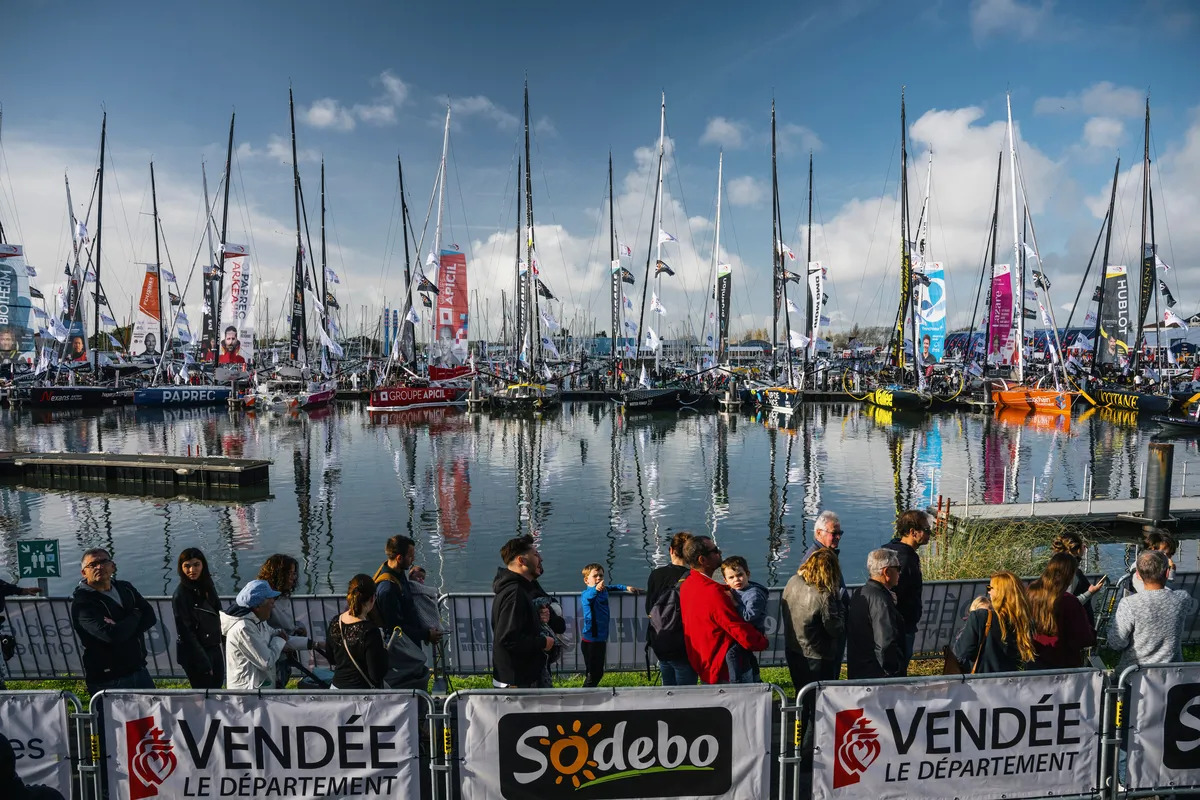
Let’s meet a few standout competitors in the Vendée Globe 2024-25 fleet, each bringing a unique story to this legendary race. Chinese sailor Jingkun Xu, for instance, lost his left hand in an accident at age 12 but never let that deter his passion for sailing. Joining him is French sailor Damien Seguin, who was also born without a left hand and made history as the first disabled sailor to complete a nonstop, unassisted solo circumnavigation. Together, Xu and Seguin will face the ocean’s massive waves, navigating single-handedly in every sense of the word.
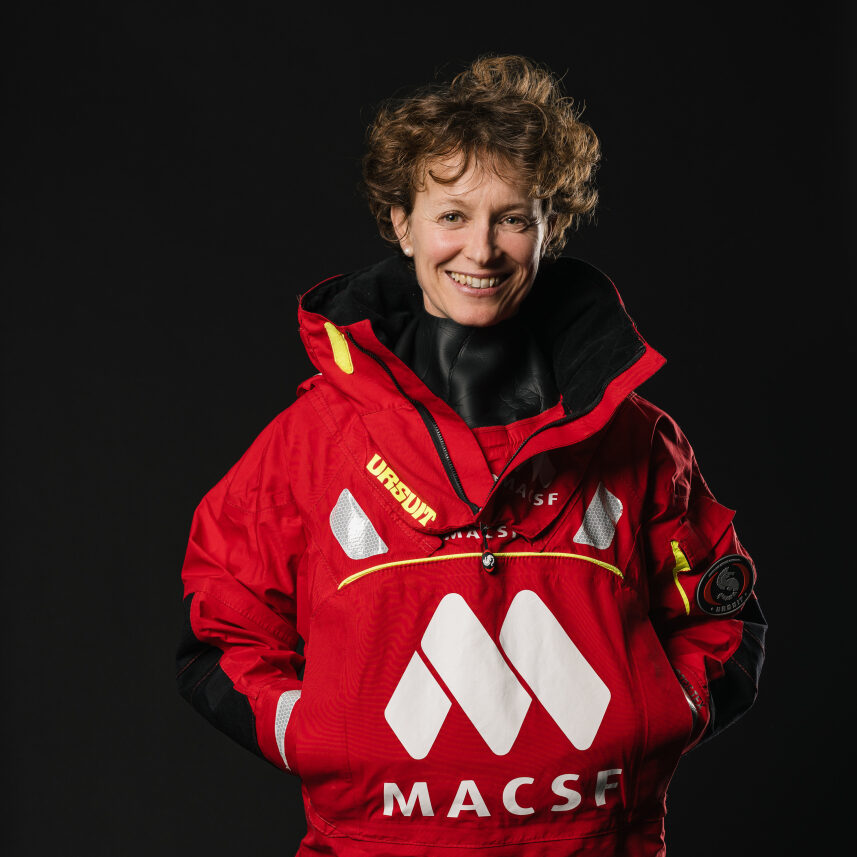

Another inspiring entry is Belgian competitor Denis Van Weynbergh, a company CEO who made the bold decision to enter the race by purchasing his own IMOCA 60 and dedicating himself entirely to the Vendée Globe. Meanwhile, French sailor Guirec Soudée brings his own brand of fame, known in the sailing world for his around-the-world journey with an unlikely crewmate—his chicken, Monique.
This year’s Vendée Globe fleet includes six remarkable women among the 40 competitors, with some racers leaving their families behind for this grueling challenge. British sailor Sam Davies, a true veteran and enthusiast of solo offshore racing, is competing for her fourth time, having made the race a central part of her life. Another experienced British racer, Pip Hare, joins her as a seasoned competitor. Clarisse Crémer, who holds the record as the fastest female sailor to complete the Vendée Globe on her debut, is back at the start line, aiming perhaps for yet another record-breaking finish. Among the rising stars is Violette Dorange, a 22-year-old French sailor who ranks among the youngest participants in Vendée Globe history.
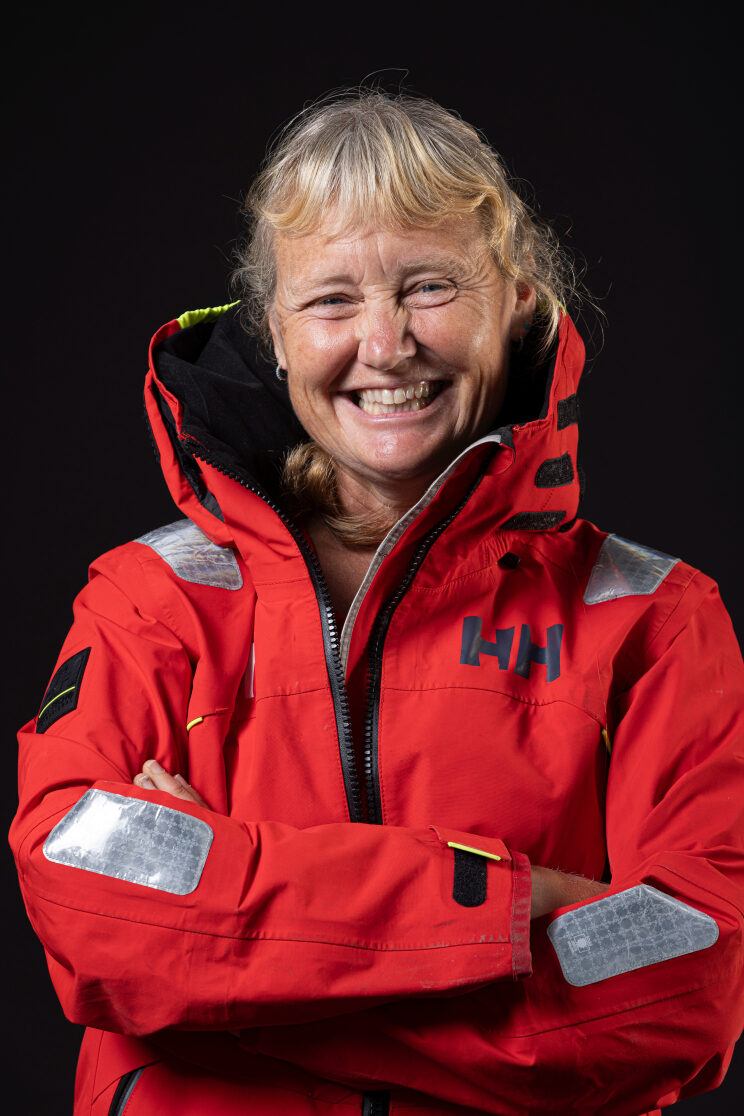
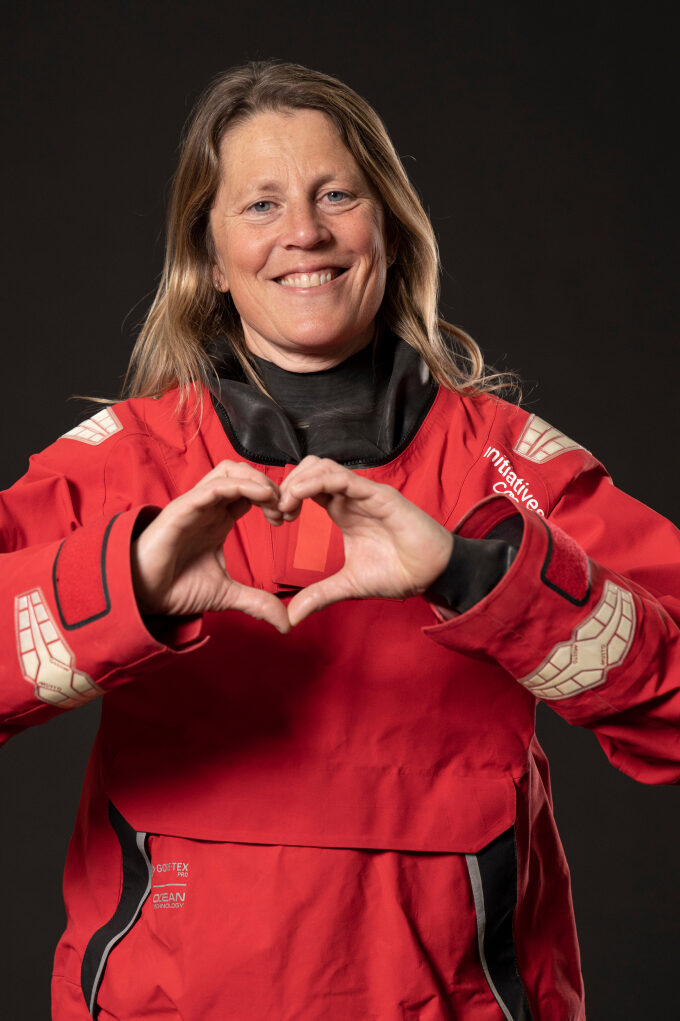
Over the past 35 years, the Vendée Globe has seen transformative advances in boat technology, resulting in vessels that are faster and more resilient. Yet, the race’s core spirit—the unyielding solo ocean challenge—remains unchanged. On November 10, with millions of spectators watching, the 40 daring sailors will cast off from the docks, embarking on this life-risking journey that embodies the same fighting spirit from its inception 35 years ago.
Note from the author: You can follow the Vendée Globe race live and stay updated on its progress at www.vendeeglobe.org. To dive deeper into the heart of this legendary challenge, watch Turning Tide (En Solitaire), a captivating film about a sailor’s journey in the Vendée Globe.
Explore the race route here: Race Route

